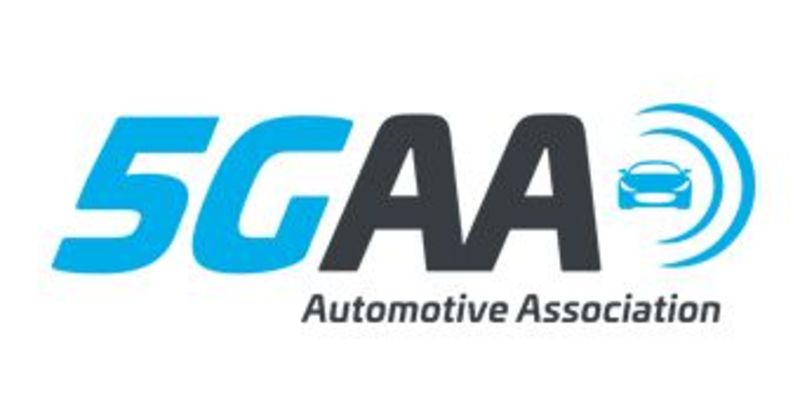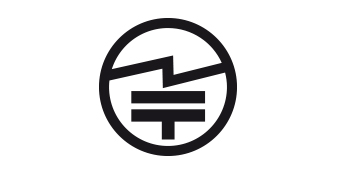The R&TTE Directive – A review of the predecessor of the RED

What is the R&TTE Directive?
The abbreviation R&TTE stands for „Radio and Telecommunications Terminal Equipment“. The legal act has the designation „1999/5/EC“ in the Official Journal of the EU.
Key facts about the R&TTE Directive:
- The R&TTE Directive was in force from 1999 to 2016 and provided a „regulatory framework within the EU for the placing on the market, free movement and putting into service of radio equipment and telecommunications equipment“ (Article 1 R&TTE).
- It was a „New Approach“ directive.
- It put an end to the national approval system in the EU.
- In the meantime, it is no longer applied and is officially out of force.
- Its successor, the RED, exclusively regulates radio equipment.
„Essential requirements“ according to the R&TTE Directive
As essential requirements, radio equipment and telecommunications terminal equipment had to comply with the following:
- Protection of the health and safety of the user and other persons (Article 3.1a)
- Compliance with the protection requirements of Directive 89/336/EEC with regard to EMC (electromagnetic compatibility / Article 3.1b)
- Effective use of the spectrum allocated for terrestrial/satellite radio communications and orbital resources, related to radio equipment (Article 3.2)
- Fulfillment of special requirements according to category or class (Article 3.3)
With the publication of its successor, the R&TTE still retained its transitional validity. Thus, up to and including June 12, 2017, products could be placed on the market in accordance with the provisions of the R&TTE Directive. However, the directive was officially repealed on June 13, 2016, the date by which member countries were required to have transposed the RED directive into national legislation.
What was covered by the R&TTE Directive?
Directive 1999/5/EC was intended to enable economic operators to provide telecommunications terminal equipment and radio equipment throughout the European Economic Area. Explicitly, the requirements of the R&TTE Directive were to be applied to the following products / product groups:
- Radio equipment and telecommunications terminal equipment (or a combination)
- The mentioned devices in combination with a medical device according to Article 1 of Directive 93/42/EEC (as a component or accessory)
- The mentioned devices in combination with an active implantable medical device according to Article 1 of Directive 90/385/EEC
- Devices as components or as a separate technical unit of a vehicle according to Directive 72/245/EEC (electromagnetic compatibility of vehicles)
- Devices as components or as separate technical units of a vehicle according to Directive 92/61/EEC (two- or three-wheeled motor vehicles)
It was to be noted that the directives specifically designated at this point concerning medical products or vehicles were not replaced by the R&TTE Directive. It was necessary to apply Directive 1999/5/EC without prejudice to existing regulations.
What was not covered by the R&TTE Directive?
Within Directive 1999/5/EC, several products and areas were defined both under Article 1 and in Annex I that were not covered by the R&TTE or were deliberately excluded from it. These included the following examples:
- Equipment exclusively for public and government security and defense purposes
- Marine equipment according to Directive 96/98/EC
- Products, equipment and components according to Article 2 of Regulation (EEC) No. 3922/91 (civil aviation)
- Products, equipment and components according to Article 2 of Regulation (EEC) No. 3922/91 (civil aviation)
- Cables and wires
- amateur radio equipment (converted equipment as well as kits for equipment)
- pure reception equipment exclusively for the reception of radio and television broadcasts
- radio equipment used exclusively for activities related to public safety (BOS radio / police / military)
Paths to the Declaration of Conformity according to the R&TTE Directive
In order to be able to place radio equipment and telecommunications terminal equipment on the market, manufacturers had to declare the conformity of their product with the directive. In the declaration of conformity, they documented the means by which this proof was provided. Conformity was determined either by the manufacturer or in consultation with a recognized testing body (Notified Body). The directive provided for the following conformity assessment procedures:
-
Internal production control (assessment module A / Annex II R&TTE)
In this assessment procedure, the manufacturer confirmed that all relevant manufacturing processes as well as the finished end product met all requirements of the R&TTE Directive. Furthermore, the manufacturer kept all technical documentation available, issued an EU declaration of conformity and finally affixed the CE marking on its products.
-
Internal production control and specific equipment tests (assessment module A / Annex III R&TTE).
The procedure was analogous to Annex III, with one significant addition: the entire set of documents (TCF) had to be submitted to an R&TTE Notified Body for examination. The Notified Body was freely selectable; cooperation with several bodies was also possible. The CE marking was supplemented by the number(s) of the Notified Body(ies) involved in the process.
-
Submission of design documentation (assessment modules B and C / Annex IV R&TTE)
The procedure was analogous to Annex III, with one significant addition: the entire set of documents (TCF) had to be submitted to an R&TTE Notified Body for examination. The Notified Body was freely selectable; cooperation with several bodies was also possible. The CE marking was supplemented by the number(s) of the Notified Body(ies) involved in the process.
-
Full quality assurance (assessment module H / Annex V R&TTE).
In this conformity procedure, a manufacturer had to declare to a Notified Body of his choice that he has applied his own quality assurance system for the design, manufacture, testing and final inspection of the respective products, which ensured the conformity of all products with the requirements of the R&TTE Directive. After a positive assessment procedure including an on-site inspection, the quality assurance system was approved by the Notified Body. The manufacturer was thus authorized to carry out conformity assessments according to assessment module H for the products mentioned. An existing certification according to EN ISO 9001:2015 was an advantage.
As part of this assessment procedure, the Notified Body was also authorized to carry out audits agreed with the manufacturer as well as unannounced tests of the system. This was to ensure that the manufacturer continued to comply with all the requirements of the R&TTE Directive. In this context, the manufacturer was obliged to grant the auditors free access to all relevant documents and access to the premises. On the manufacturer’s side, declarations of conformity were then issued for all products in accordance with Annex V. Finally, the products received the obligatory CE marking and the identification number of the Notified Body involved.
Harmonized standards and their role
If harmonized standards were applied as part of the conformity assessment procedure, conformity could be demonstrated in accordance with Annex II of the R&TTE Directive for telecommunications terminal equipment not using radio frequencies. For products with a radio interface, Annex III of the R&TTE Directive could be applied if harmonized standards were available. In the absence of harmonized standards, only Annex IV and V of the R&TTE Directive could be considered for both product groups. On a voluntary basis, these annexes could also be used if harmonized standards existed.
Frequency use (Art. 7.4)
If radio equipment operated in frequency bands that were not harmonized across the Community, the national frequency management authority had to be consulted four weeks before the equipment was placed on the market in each Member State where it was to appear. Decision 2000/299/EC classified radio equipment and telecommunications terminal equipment into two classes. For Class 2 equipment (equipment that did not operate in a harmonized frequency band), an equipment class identifier was introduced (ECI), that had to be placed on the product. Notices on packaging and accompanying documents were also required.
These requirements were retained in a modified form under the RED. This was necessary primarily because, despite intensive efforts, complete harmonization of frequencies could not be achieved on a multinational level. Neither the R&TTE Directive at the time nor the RED claimed to be spectrum harmonization directives. As a result, frequency management has remained under the control of the respective nations to this day.







